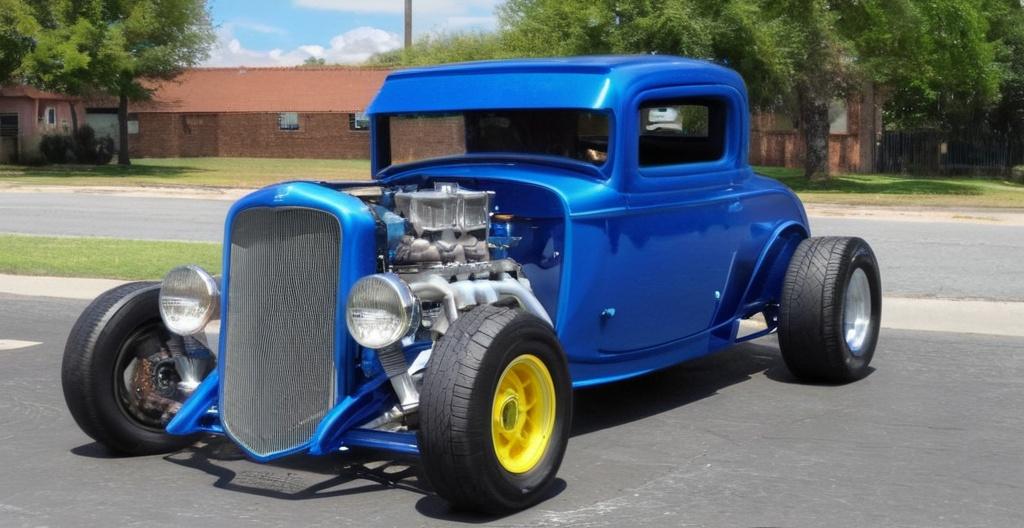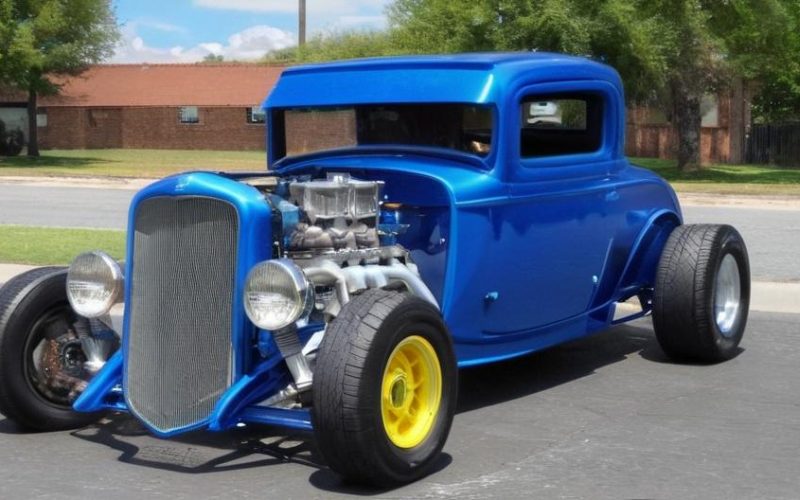Key Take Aways About Comparing Street Rodding and Hot Rodding
- Street rodding focuses on customizing classic pre-1949 cars for aesthetics and functionality, keeping vintage looks.
- Hot rodding emphasizes speed improvements, often using available parts for performance upgrades.
- Both hobbies originated post-WWII; street rods favored cruising elegance, hot rods were speed-centric.
- Street rods feature custom paint, plush interiors; hot rods have stripped-down, performance-focused designs.
- Modern technology enhances vehicles with advanced systems and components.
- Both require financial investment, though hot rods can be more economical with DIY efforts.
- Vibrant communities support these hobbies through events and shared experiences.

Understanding the Basics
Street rodding and hot rodding, both favorites among car buffs, each have their distinct flavors that make them stand out. If you’ve been around the car scene even a little, chances are you’ve come across both terms. But let’s not assume everything here is crystal clear. Street rodding focuses on customizing older, classic cars—mainly those before 1949. It’s all about keeping that vintage look while upgrading the guts for better performance, reliability, or maybe just a little more pizzazz. Hot rodding, on the other hand, came from a need for speed. It’s about taking what you have and making it faster, often using whatever parts you can rustle up.
The Historical Roots
Back in the day, specifically the post-World War II era, folks started tinkering with their cars, yanking out heavy parts to make them faster. This hot rodding craze took off in Southern California, where salt flats and dry lakes gave enthusiasts a playground to test their creations. Meanwhile, street rodders took a more mature approach, focusing on aesthetics and functionality. These folks were more into cruising than racing, making sure their rides looked good while running smoothly. Today, they’ve both bloomed into robust hobbies with people embracing them across the globe.
Differences in Style and Purpose
Let’s chat style. Street rods tend to boast custom paint jobs, plush interiors, and chromed-out engines. You’re likely to see them at car shows, looking fly with every detail meticulously crafted to stand out. Meanwhile, hot rods are more raw, often sporting stripped-down looks to shed weight and maximize speed. Think of them as the rebellious teens of the car world—always pushing boundaries and not afraid to get a little dirty.
Technological Evolution
In the early days, the technology was pretty basic. Folks used whatever they could find or afford. Fast forward to now, and technology has transformed these hobbies. Street rods can have state-of-the-art sound systems, air conditioning, and GPS while maintaining their classic appeal. Hot rods, not to be left behind, often feature modern turbochargers and electronic fuel injection systems, achieving speeds that early enthusiasts could only dream about.
Financial Considerations
Let’s talk bucks. Getting into either hobby isn’t necessarily cheap, but there are ways to make it work. Street rods, especially high-end ones, often come with a hefty price tag due to all those custom jobs and rare parts. Hot rods can be more budget-friendly since they focus more on performance than looks, but building a high-speed machine still requires deep pockets or some serious DIY skills.
The Community Aspect
Both street rodding and hot rodding boast vibrant communities. Car shows, swap meets, and online forums offer enthusiasts a chance to swap stories, share tips, and show off their rides. While there might be some friendly rivalry, the shared love of cars brings folks together, whether they’re cruising the strip or burning rubber.
Conclusion
Whether you’re drawn to the sleek, polished look of a street rod or the raw power of a hot rod, there’s no denying the passion and creativity behind these hobbies. Each has its unique charm, offering a way to express individuality while connecting with a community of like-minded gearheads. As long as there are people who love cars, both street rodding and hot rodding will continue to thrive, each in their own distinctive way.
